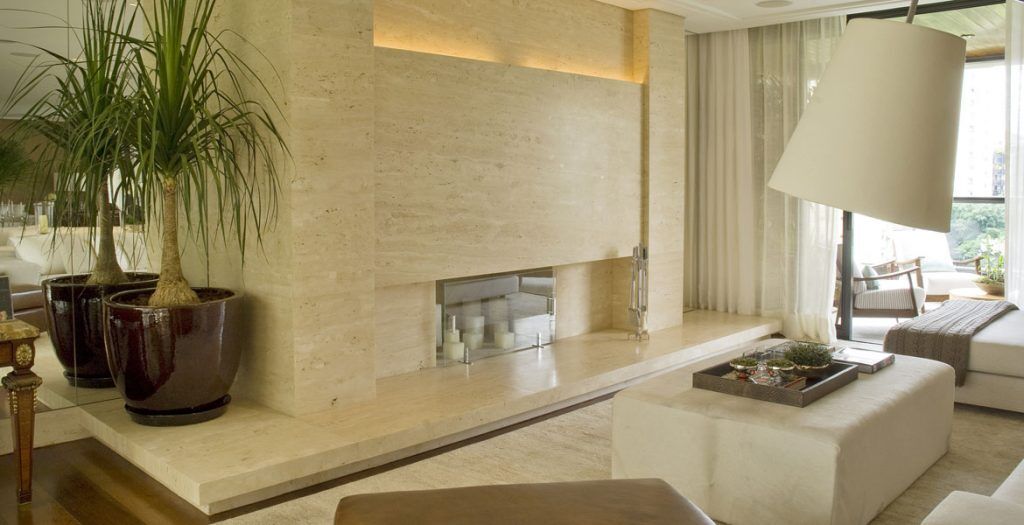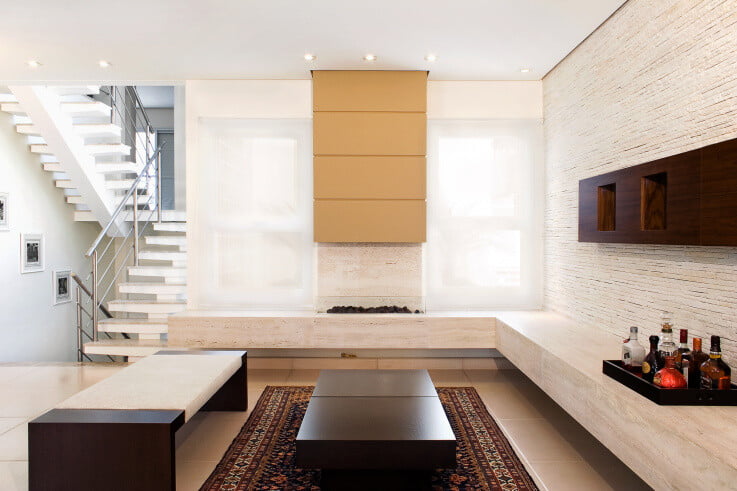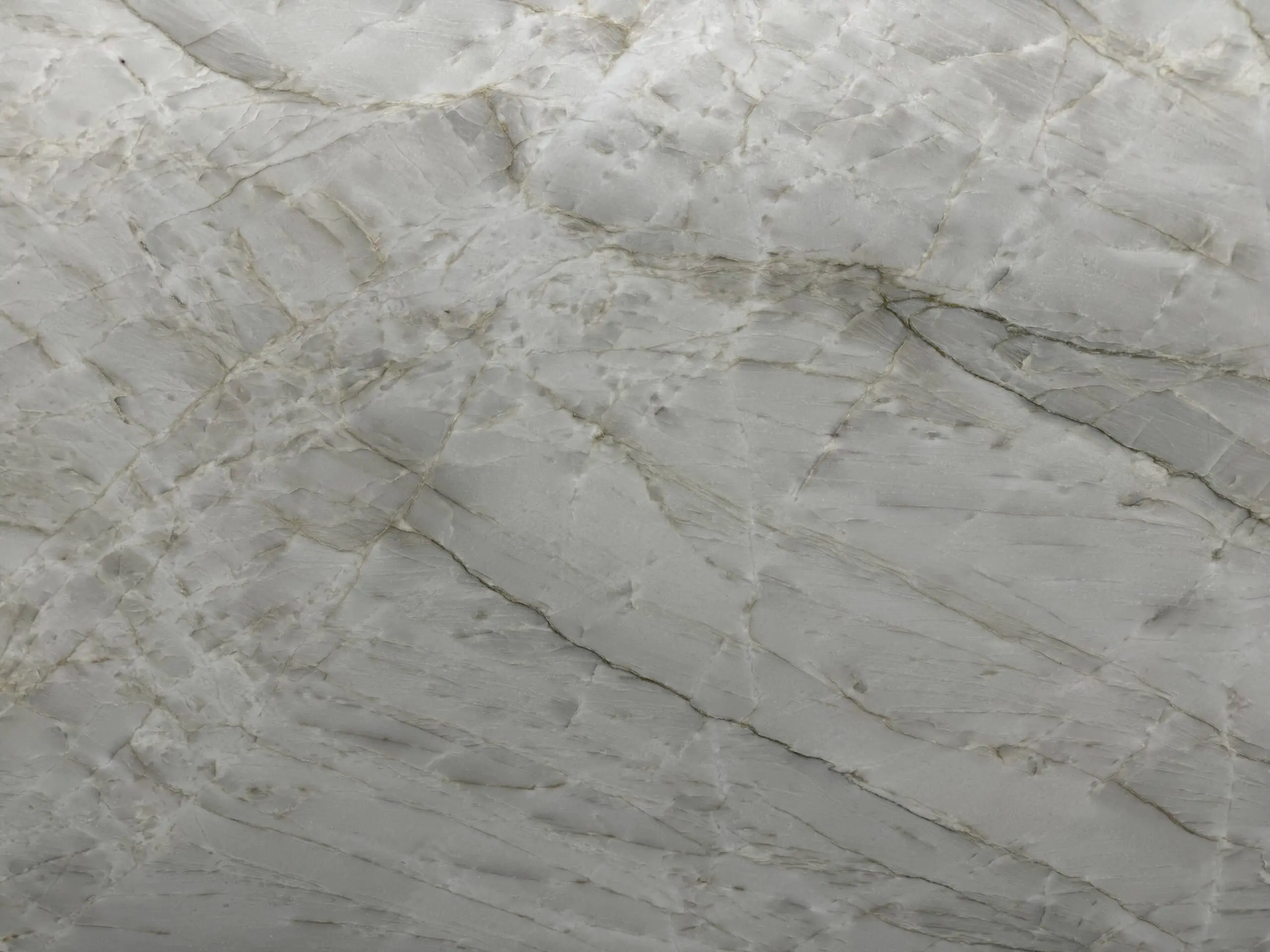One of the most versatile and admirable building materials is travertine. This natural stone is one of the most beautiful natural materials for your home. From travertine tiles for walls and floors to countertops and backsplashes for the kitchen.
What is travertine?
Travertine is a natural stone that is a type of limestone, although there are clear differences between the two materials. It should be said that this sedimentary rock forms in limestone caves and near hot springs. In turn, blocks of travertine are cut from these rocks. Of course, there are color variations on the travertine surface. It can be found in a range of lighter colors such as light gray and gold, or brown and even red. It is worth saying that some types of material may have streaks.
I am looking for professionals specializing in Granite countertops near me
You can read this article

What are the most popular travertine varieties?
As mentioned, travertine comes in a variety of colors and styles. We will list the best examples of this stone:
- Travertine Classik Light is a gorgeous stone of a delicate shade of coffee with milk, originally from Turkey. No matter where you apply it, the stone will look amazing. In particular, travertine is best suited for areas with low traffic, making it an ideal stone for countertops for washbasins and bathtub cladding.
- Travertine Yellow – This beautiful golden brown natural stone features a multi-layered texture and veins. You can’t go wrong with adding a little light to your space by setting it up.
- Whether it’s a new worktop, shower enclosure or surface cladding, Noche travertine will impress you. The stone has a color ranging from light brown to beige.
- Red Travertine – This stunning natural stone of red color can dramatically enhance the look of any space you install it in.
What are the pros and cons of travertine?
Like any building material, travertine has its positive and negative qualities. Undoubtedly, this natural stone is one of the most beautiful materials for the home. Plus, it is versatile for most surfaces in the home. On the other hand, it is very porous and susceptible to damage from spills, especially acidic substances such as orange juice, coffee, tea, wine, and others. Due to its porosity, it is recommended to re-seal the travertine at least once a year to protect it. If the sealant is not reapplied frequently enough, liquids can seep to the surface of the stone, causing damage and discoloration.
PROS – MINUSES
Beautiful – May be damaged by acidic foods
Universal – Requires re-sealing several times a year.

How much does travertine cost?
Travertine is usually in the middle range in terms of the cost of a stone countertop. Surfaces cost from $ 100 to $ 120 per rm on average. If we talk about travertine tiles, then the price is from 36 to 55 dollars per m2. It is possible to buy profitably only from a direct supplier. United Granite NJ offers travertine wholesale and retail, at the best price in the Ukrainian market.
Travertine tile
Besides countertops, aprons, and various bathroom surfaces, this stone is also very common for travertine tiles. Floor tiles are especially popular. Travertine tiles can be processed in different ways. For example – polished brushed, polished. Many treatments give the tiles a matte look (except polished). Other options include filled or unfilled travertine. The pores of filled travertine are closed, while unfilled travertine leaves the stone in its natural porous state.
From floor tiles to countertops, travertine has many uses. Note that tiles will have to deal with grout lines.
Of course, travertine surfaces will bring incredible beauty to your home, but they will not be too bright. If you are looking for a natural stone that gives a sense of lightness, travertine is for you.
Travertine supplier and applicator United Granite NJ. Call Us
Click for our other shop in King of Prussia


